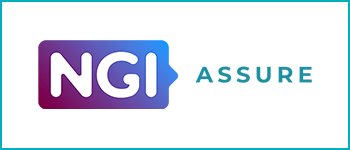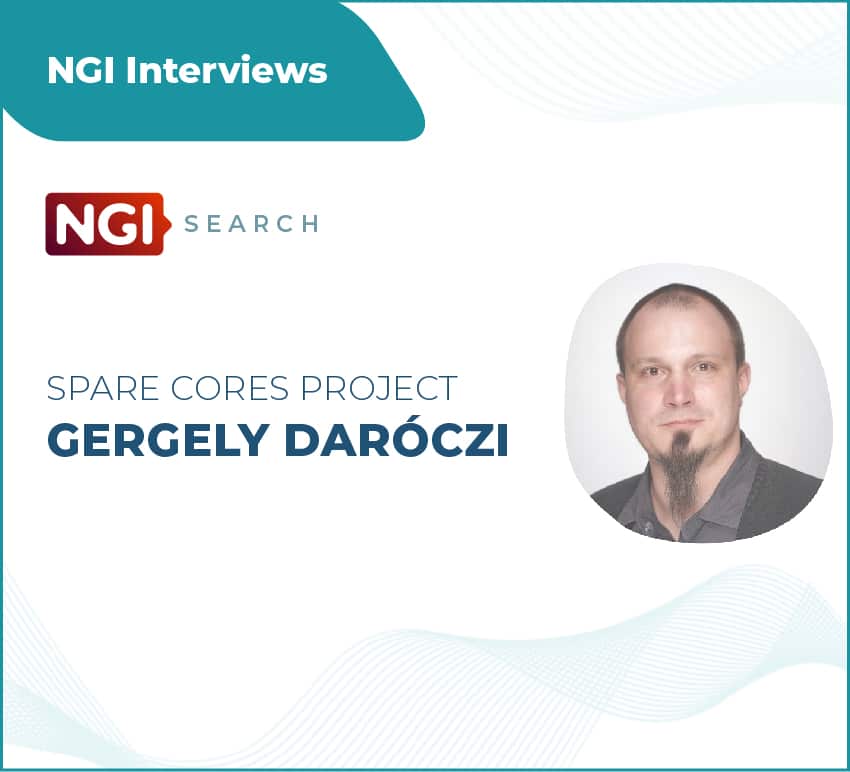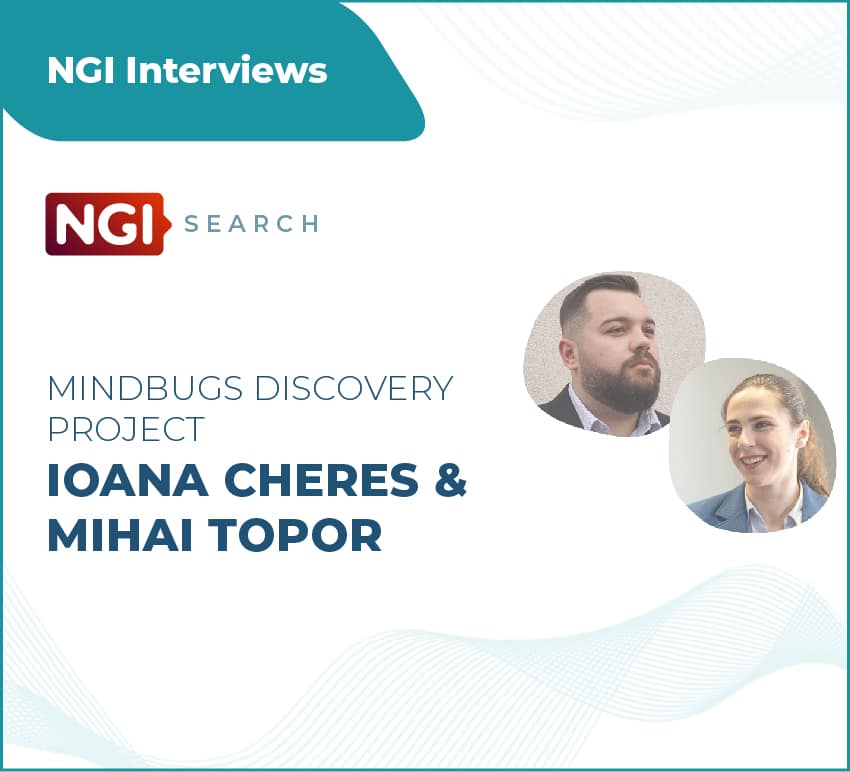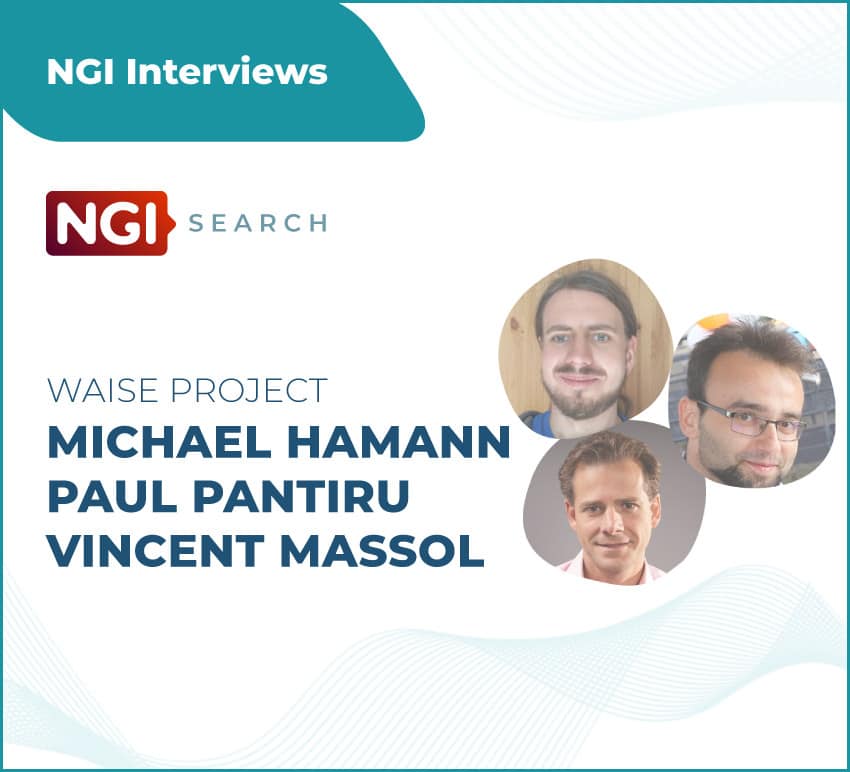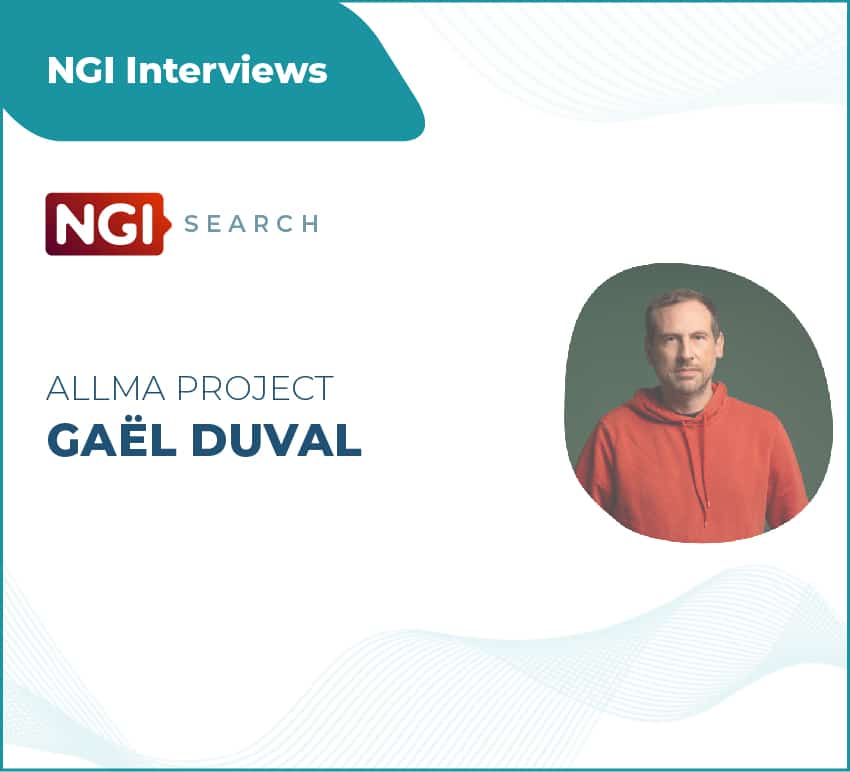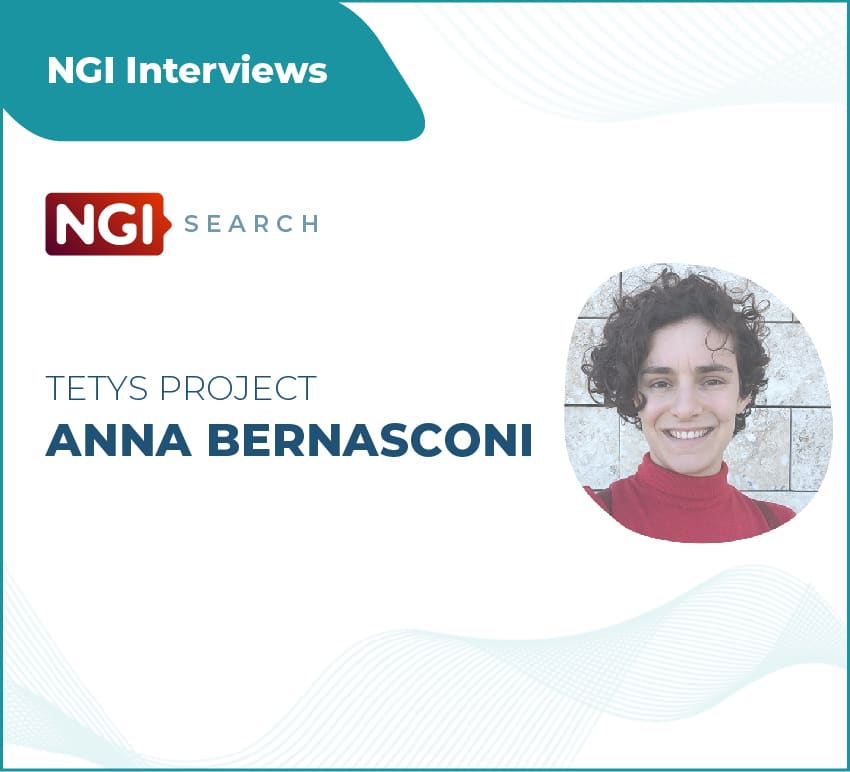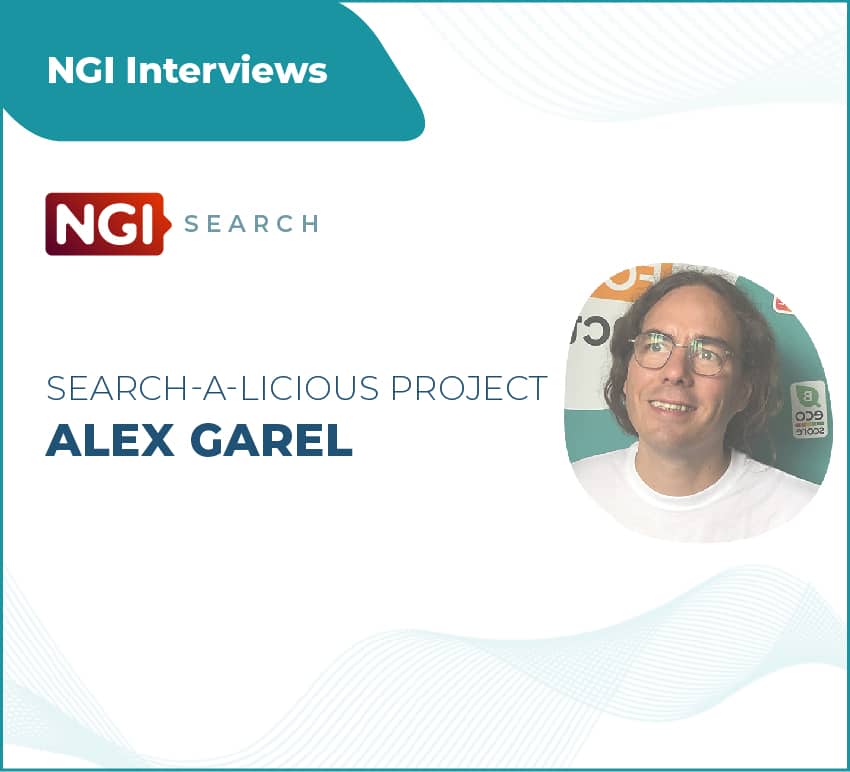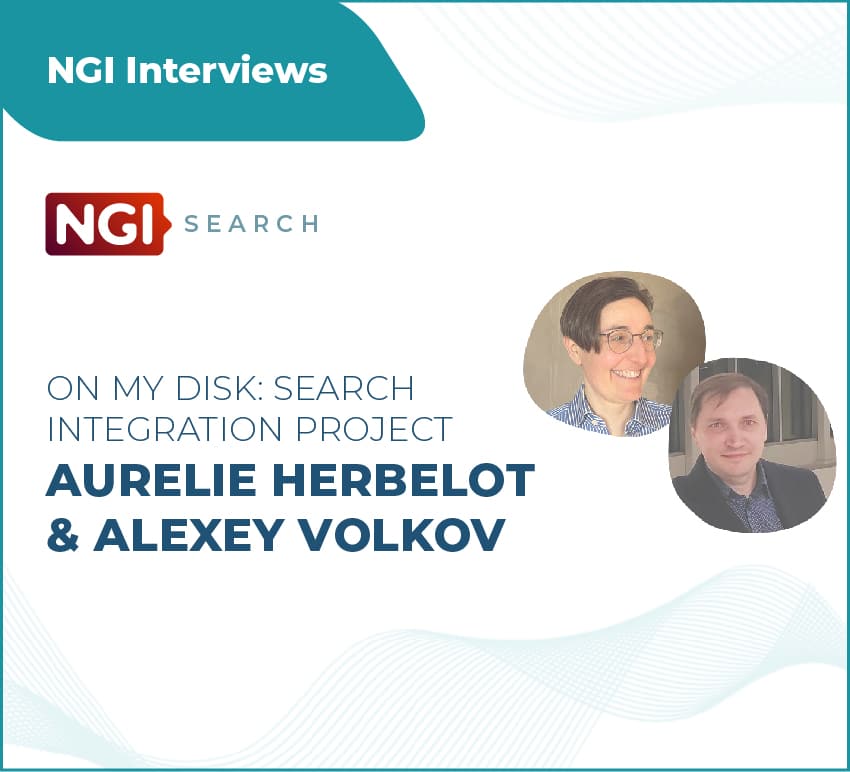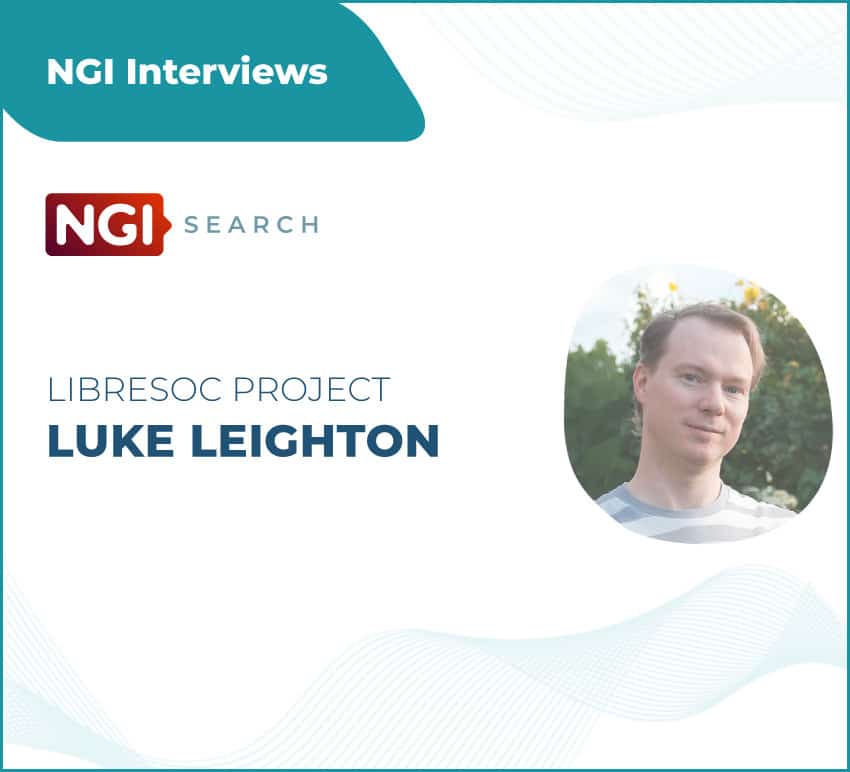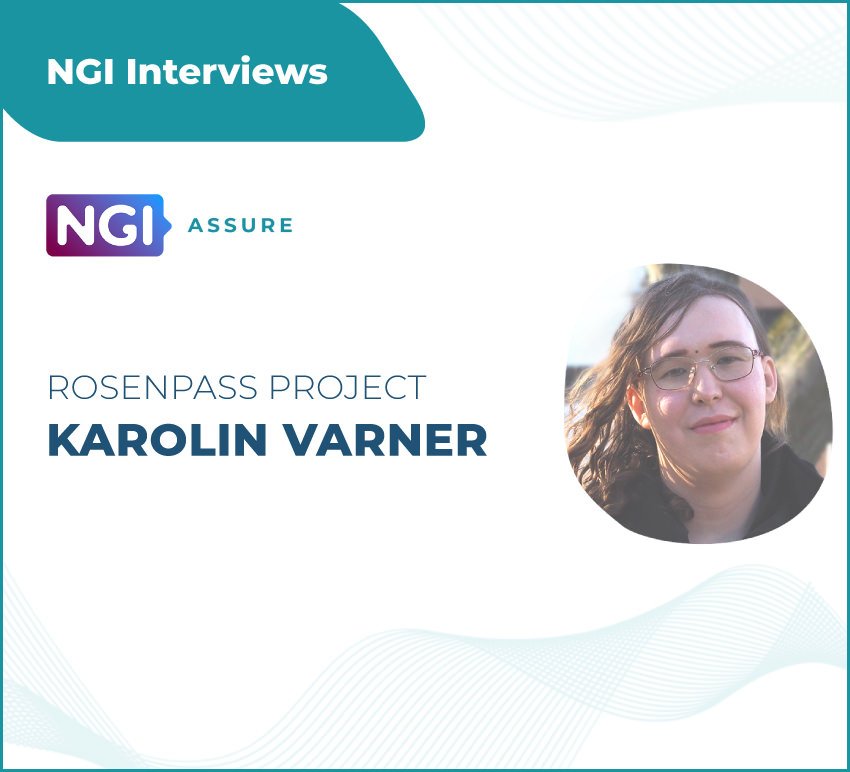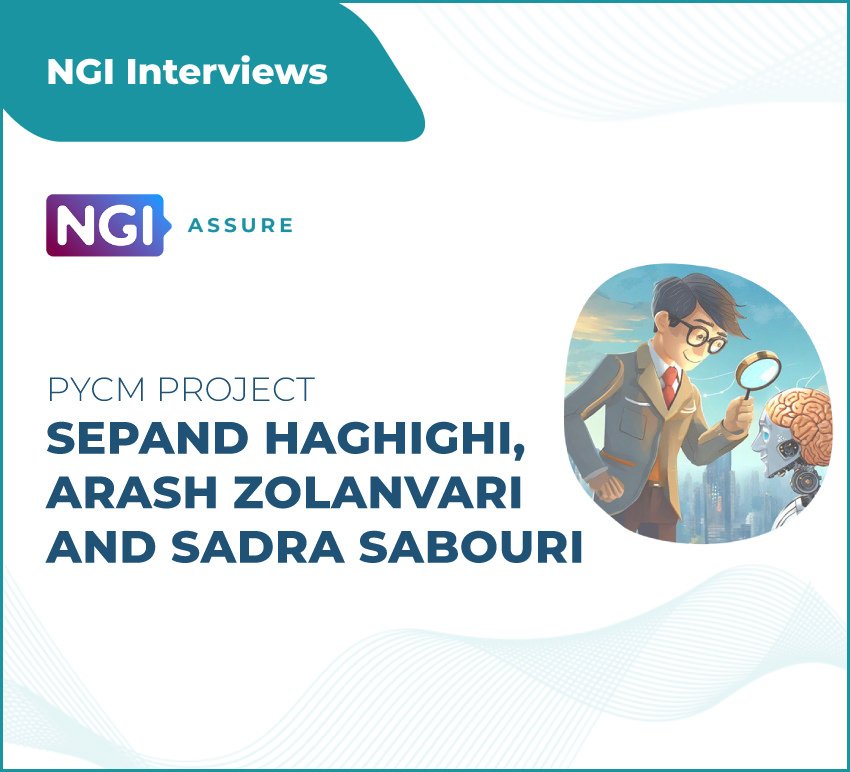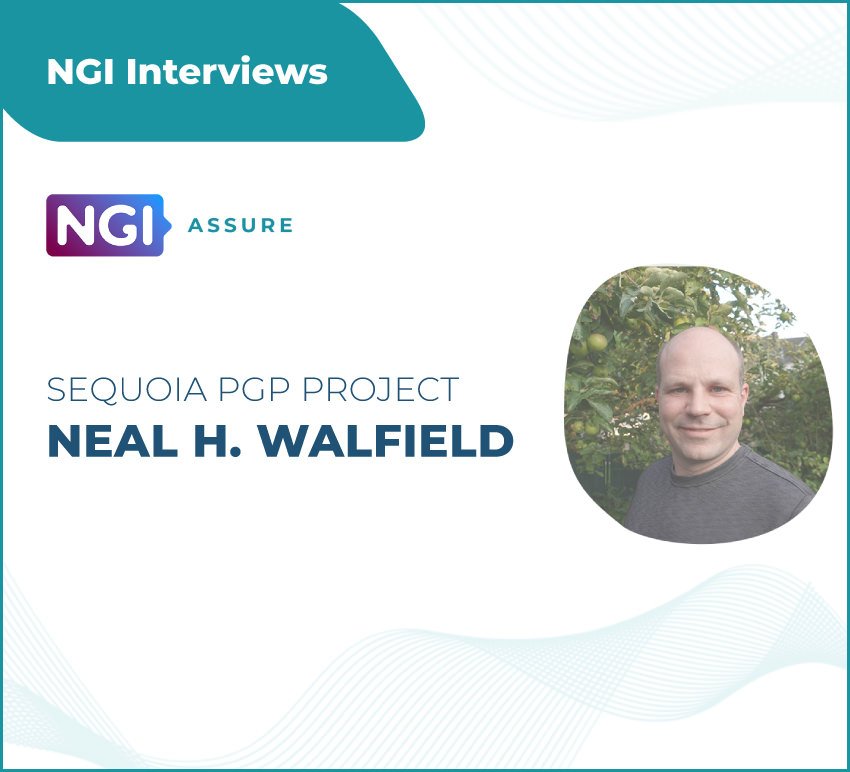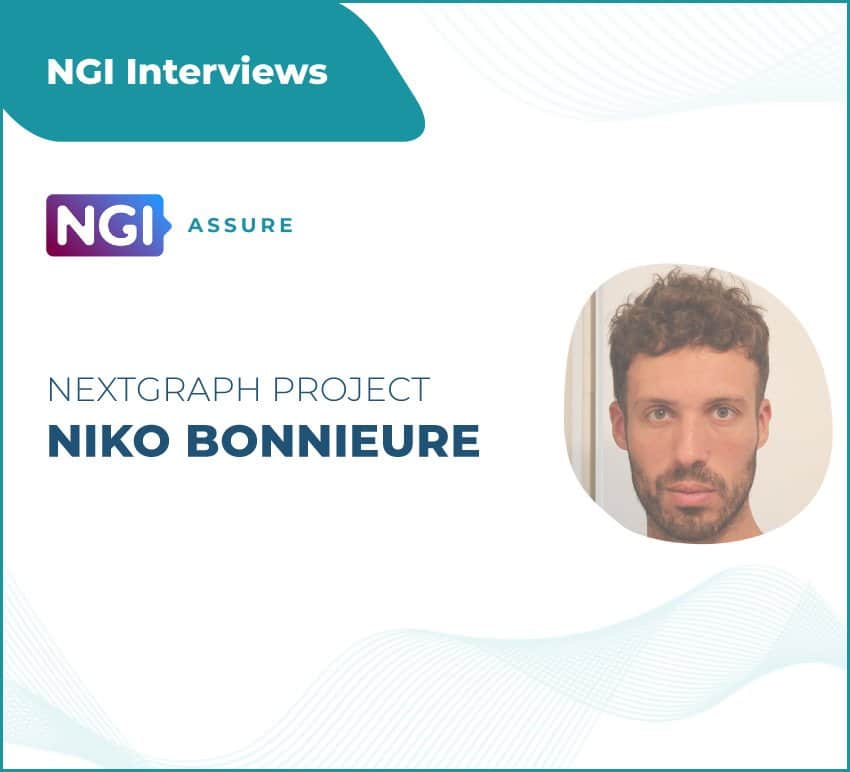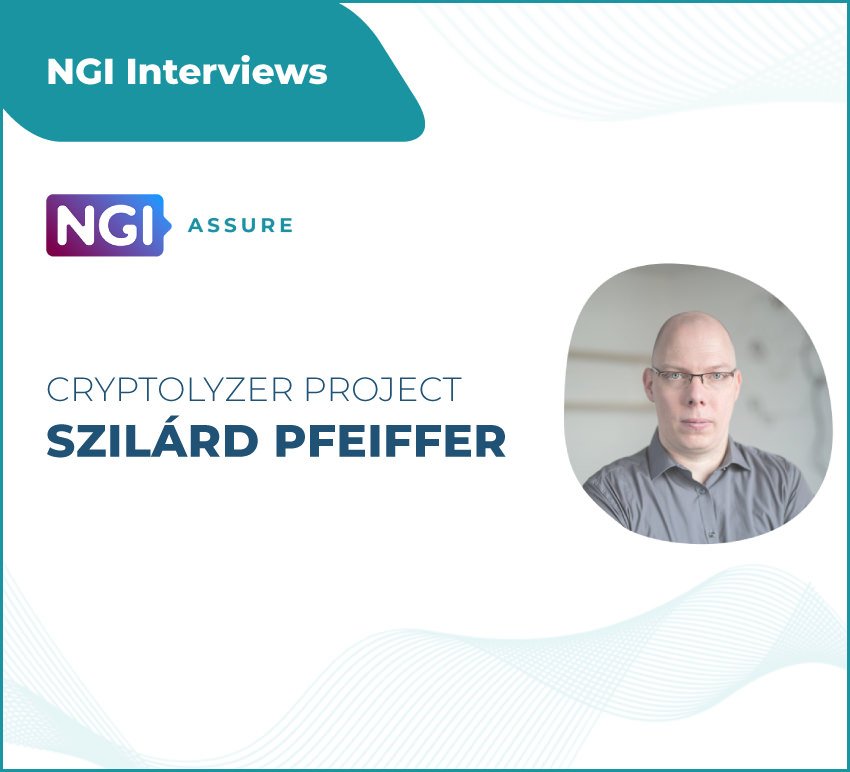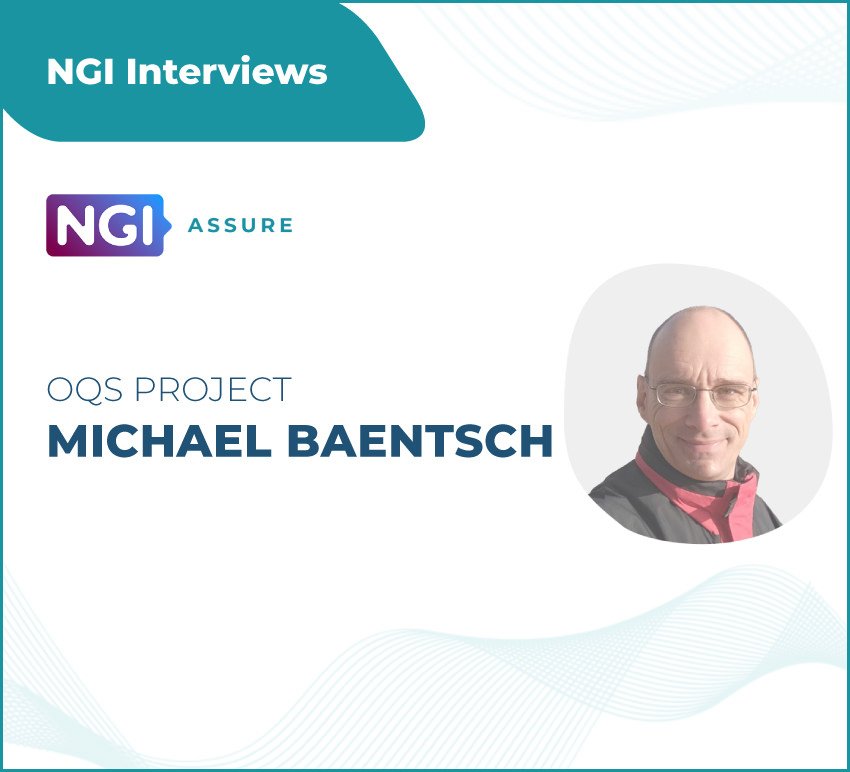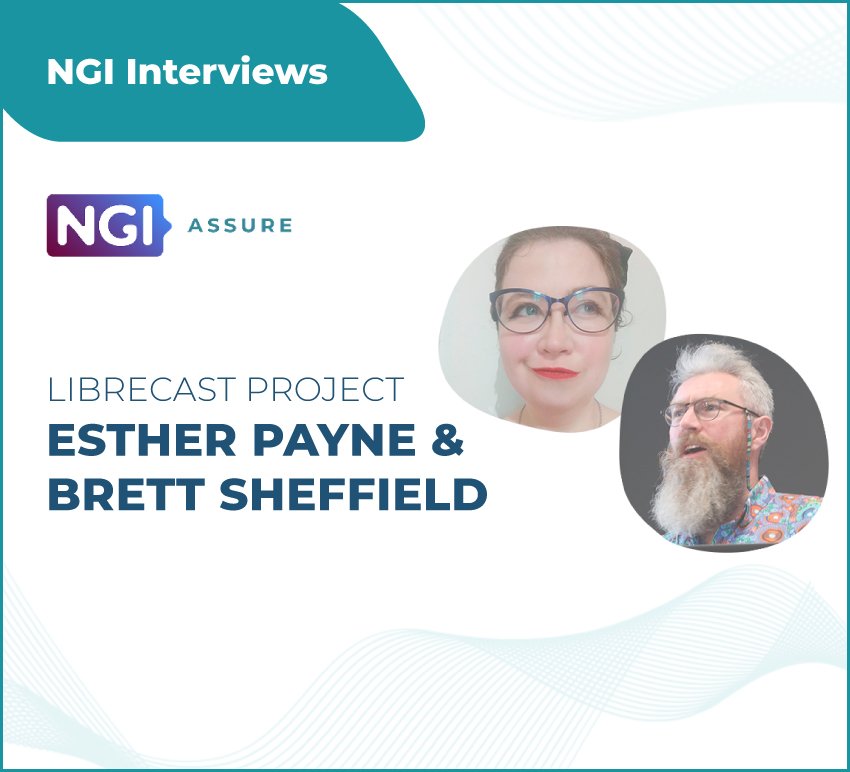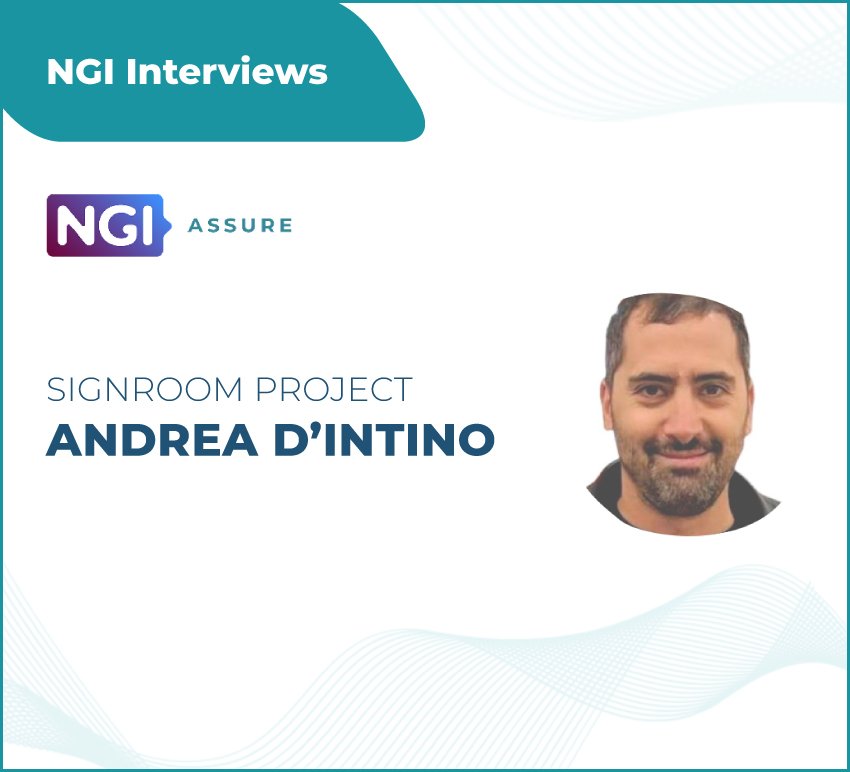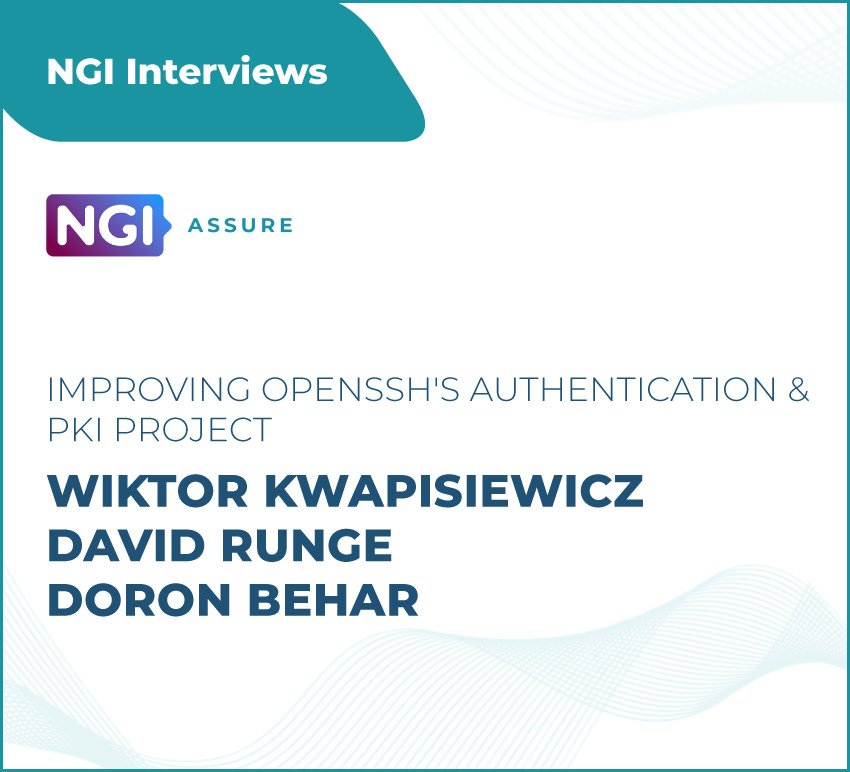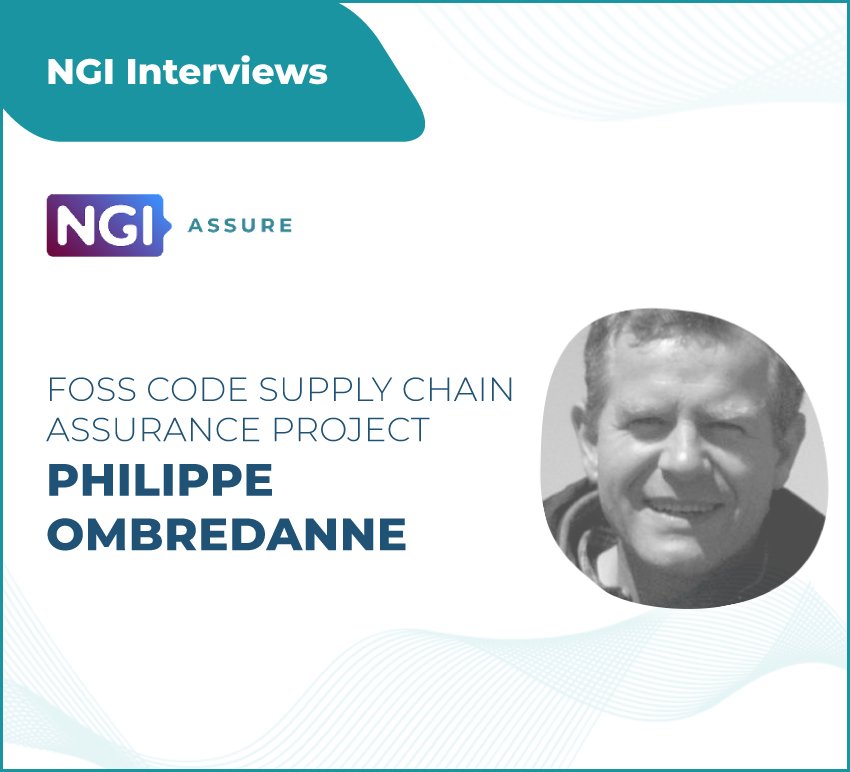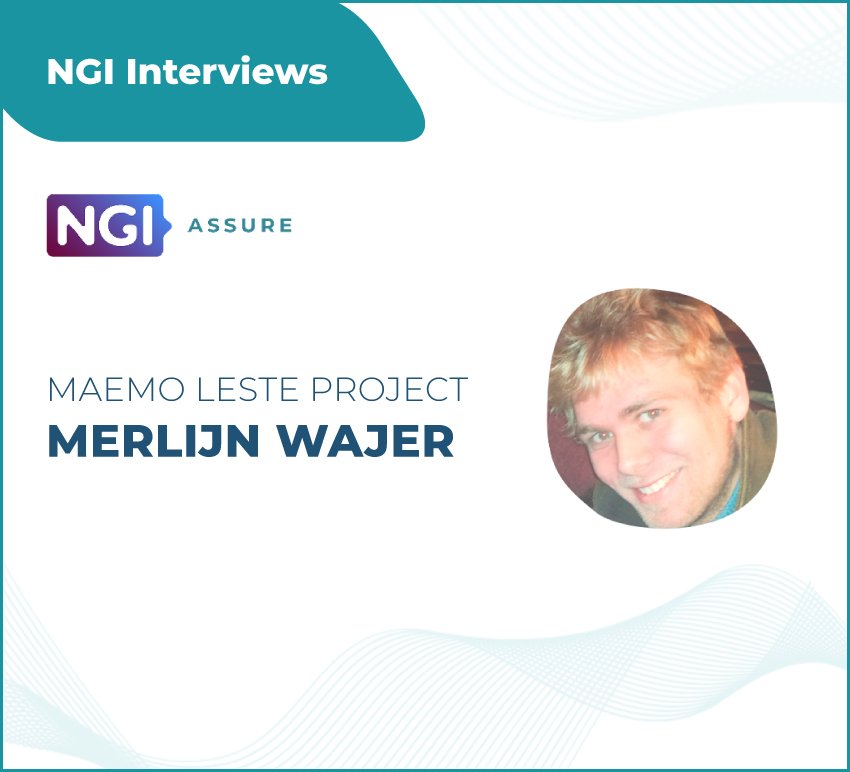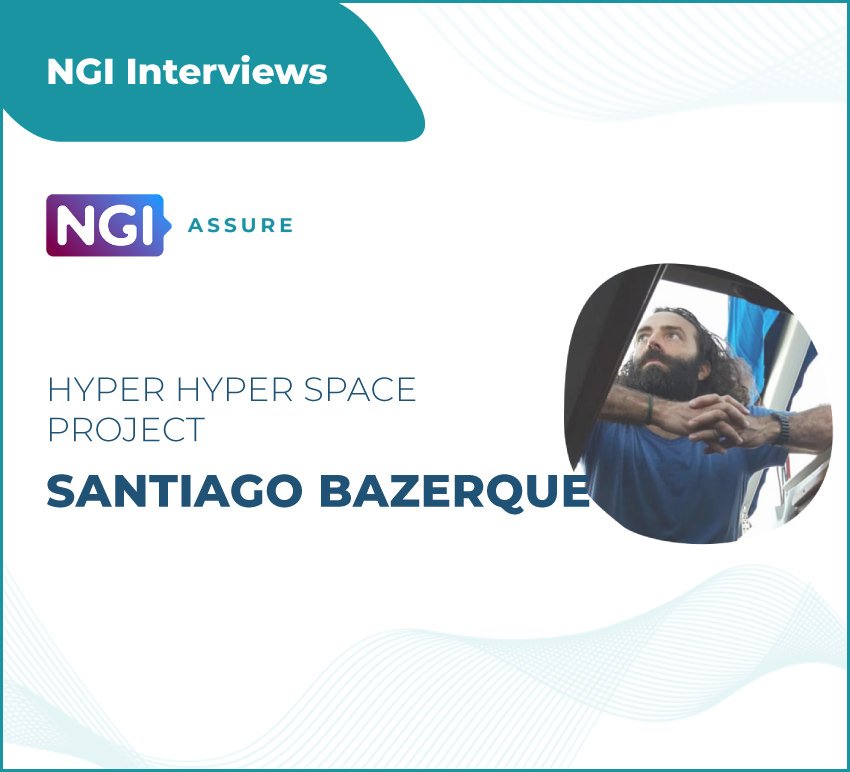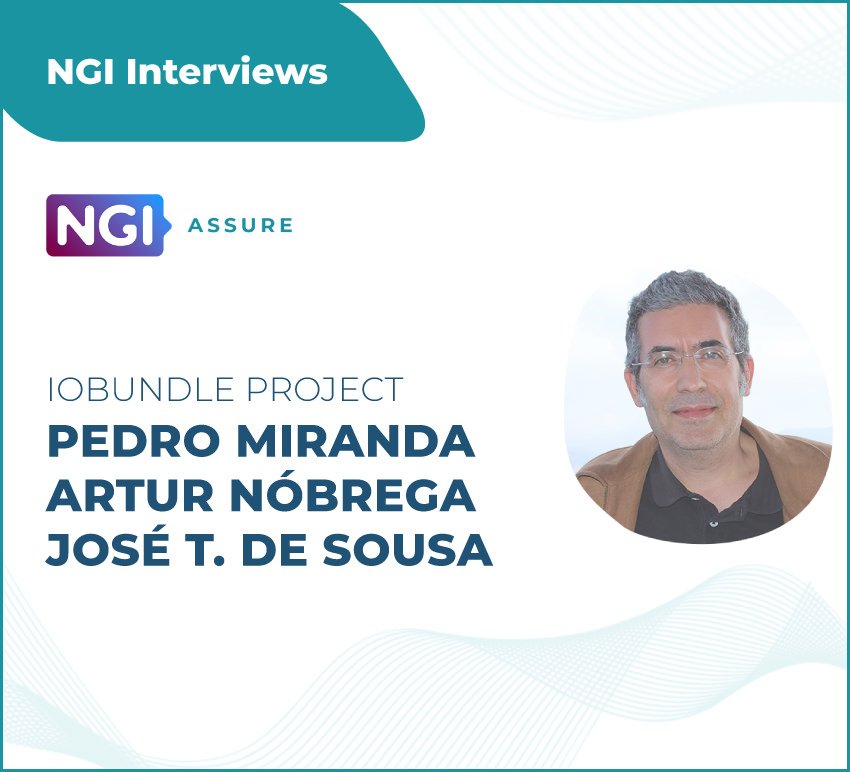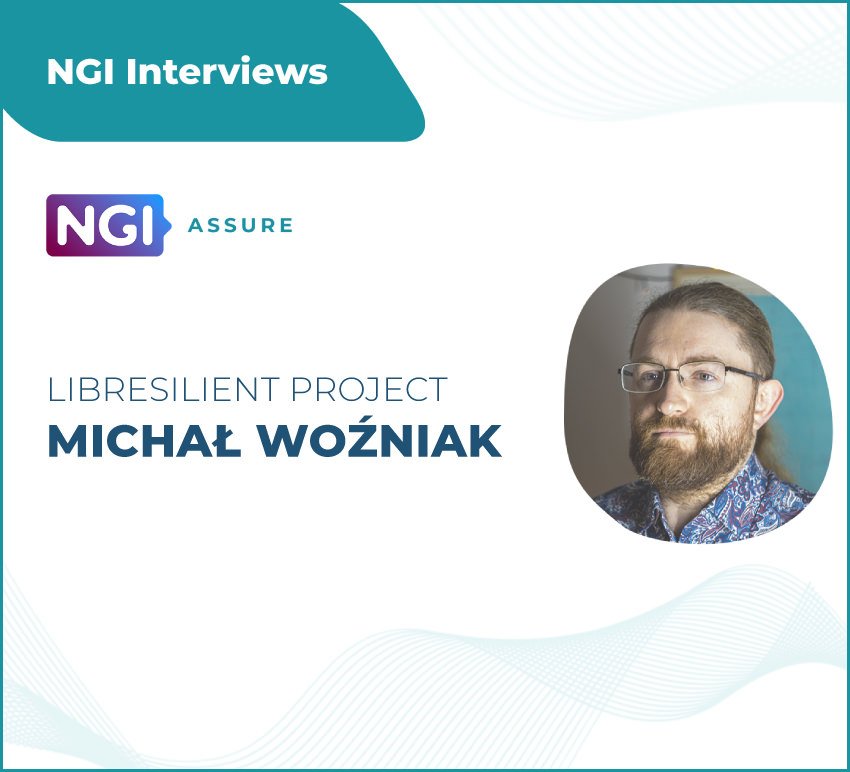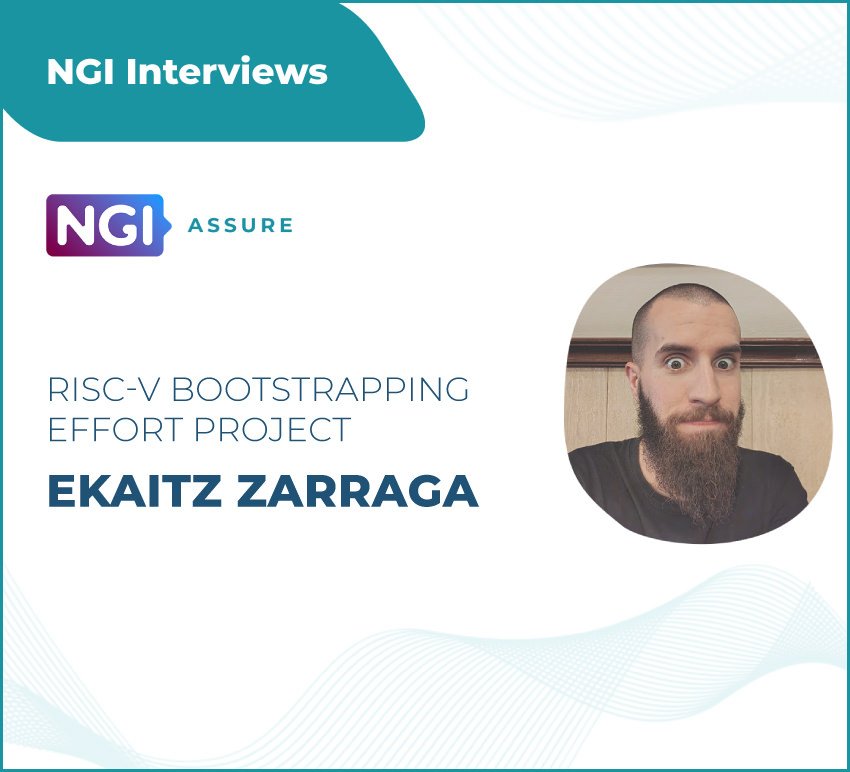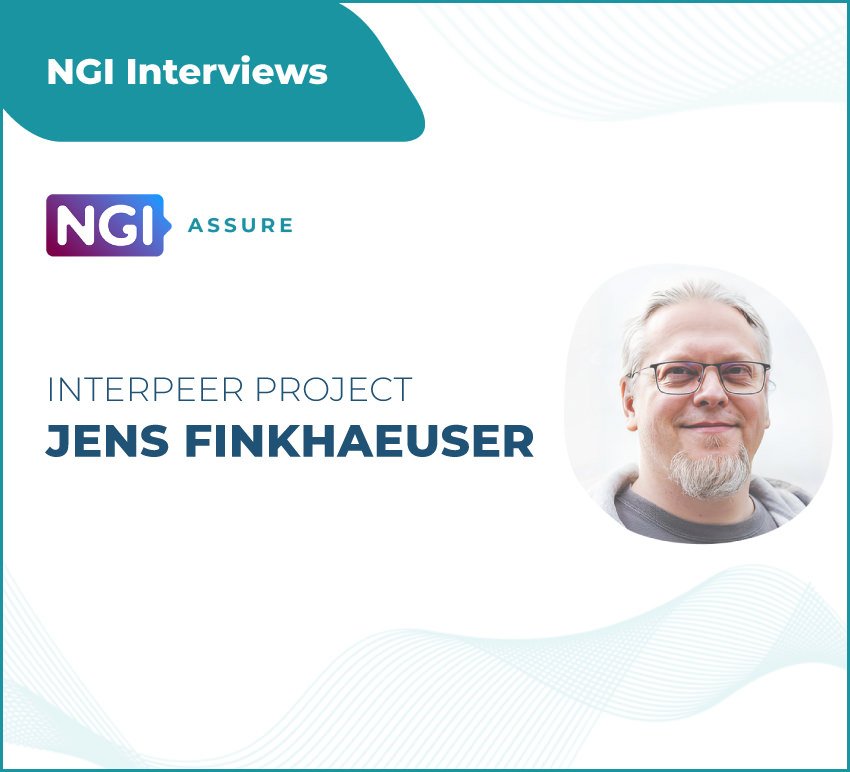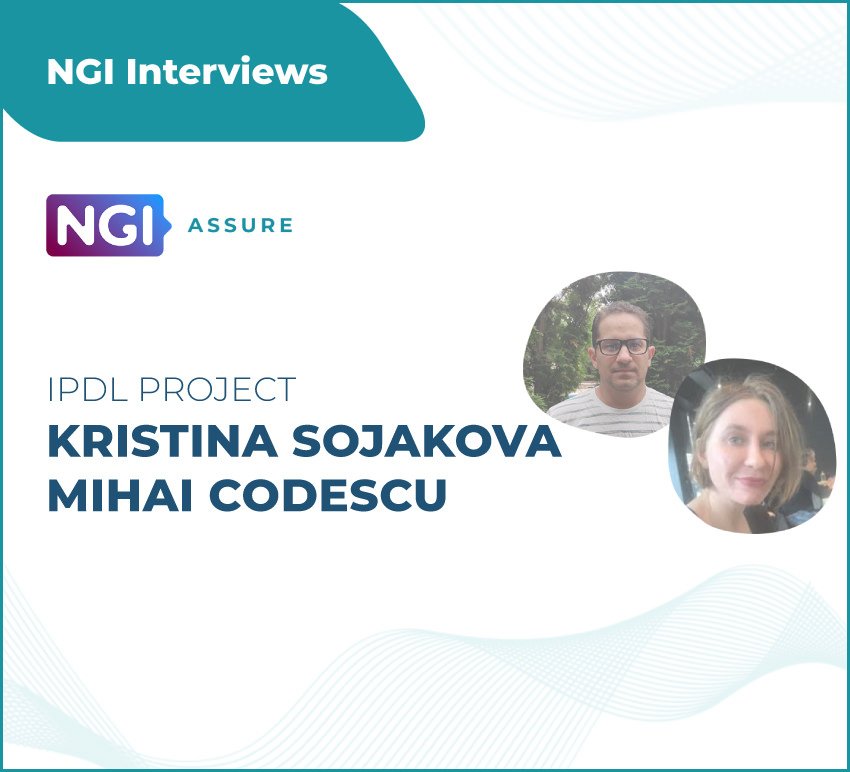
TEROSHDL
Curious about the future of hardware design and open-source innovation? Meet Carlos Alberto and his pioneering project, TerosHDL!
Carlos is dedicated to simplifying and enhancing the reliability of FPGA and ASIC development. As the founder and lead developer of TerosHDL, he provides a robust open-source toolbox designed for FPGA and ASIC developers, making it easier for newcomers and professionals to navigate hardware description languages.
This project aims to overcome the barriers associated with proprietary tools and steep learning curves in chip design, by offering a unified interface for over 25 open-source tools, including simulators and HDL synthesis tools, all accessible through VSCodium/VSCode.
Keen on learning more?
Welcome to the world of TerosHDL!✨
Can you introduce yourself and your project?
TerosHDL is an open-source toolbox designed for FPGA and ASIC developers. Its primary aim is to simplify and enhance the reliability of ASIC/FPGA development. It achieves this by reducing the learning curve for new users of hardware description languages and by providing robust support for professionals. The toolbox comprises various tools, with VSCodium/VSCode as the primary interface. The Teros Technology organization develops some tools, while others are sourced from existing open-source projects. These tools are organized into different backends and accessible through the GUI provided by the plugin.
I am Carlos Alberto, an expert in open hardware design with extensive experience in designing FPGA-based solutions. I am also the founder and lead developer of TerosHDL. My primary focus is on advancing open-source solutions for FPGA development.
What are the key issues you see with the state of the internet today?
The chip design industry is dominated by proprietary tools with costly licenses, making access difficult for small companies or students. Additionally, most open-source tools have a steep learning curve, causing many digital designers to abandon their efforts or face significant barriers to getting started. This situation creates an environment where innovation is stifled, and only those with substantial resources can fully participate in advancing chip design technology.
How does your project contribute to correcting some of those issues?
To overcome this dependency on proprietary actors and create a virtuous cycle of transparency and improvement, the open hardware movement is trying to design a fully open workflow for creating low-level hardware. Thus, it is lowering the barrier to entry (by making it easy for anybody to design their own chips) and introducing full inspection from top to bottom.
TerosHDL offers a unified interface for over 25 open-source tools, including simulators and HDL synthesis tools. This common interface makes overcoming the entry barriers associated with using open-source digital design tools easier. As a result, users can seamlessly transition from commercial tools to open-source alternatives, making adopting open-source solutions much more accessible and straightforward.
What do you like most about (working on) your project?
One of the most gratifying aspects of this journey has been meeting many people in the industry who are enthusiastic about using open-source tools in chip development. This community of like-minded individuals brings a wealth of knowledge and passion, fostering collaboration and innovation.
Additionally, it has been advantageous to see the tangible impact of our work and how it empowers smaller companies and students to participate in chip design.
✨It’s inspiring to be part of a movement that promotes accessibility, inclusivity, and technological advancement in the field.✨
Moreover, witnessing our tools being used in real, innovative projects validates the effort we put into development and underscores the significance of our contributions.
Where will you take your project next?
We plan to increase our support for open-source EDA (Electronic Design Automation) tools and stabilize TerosHDL.
How did NGI Assure help you reach your goals for your project?
Most of the development for TerosHDL is done during the developers’ free time, making it very challenging to undertake major refactoring or add complex support for open-source tools. Therefore, the NGI Assure programs have been vital. They have enabled a complete code refactor, the addition of tests, and the integration of multiple open-source tools.
Do you have advice for people who are considering applying for NGI funding?
Don’t hesitate, just go for it. And if your project gets rejected, don’t give up. Try again in the next call.
Do you have any recommendations to improve future NGI programmes or the wider NGI initiative?
I believe it would be beneficial to facilitate more frequent and structured interactions between projects with similar objectives participating in the NGI programmes. This increased contact could foster synergies and collaborative efforts, which would help avoid the duplication of work. Such coordination is particularly crucial in open-source software, where shared resources and collaborative development can significantly enhance the quality and impact of the projects.


